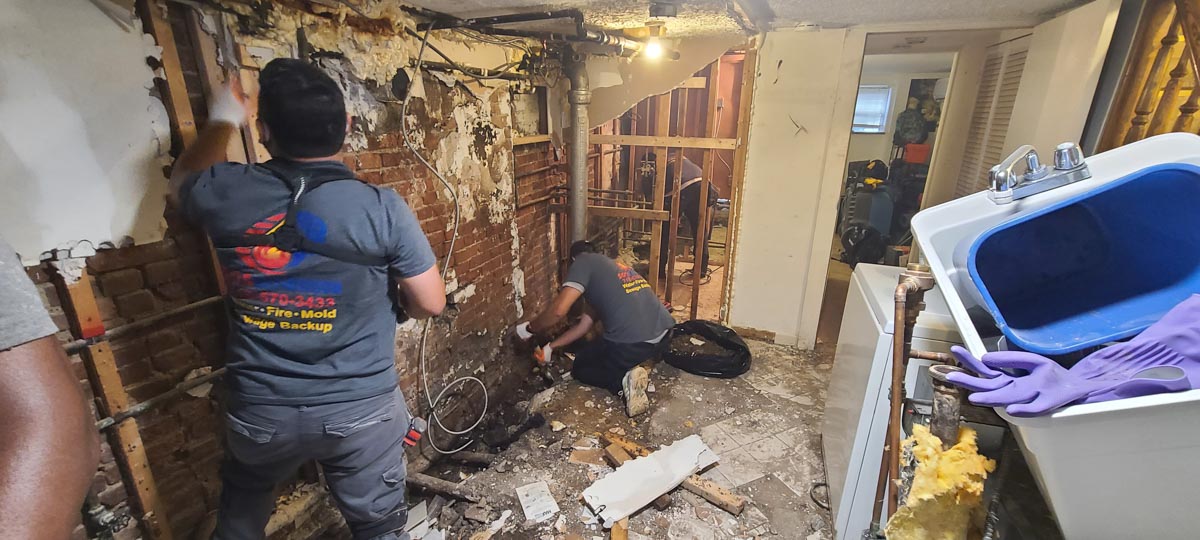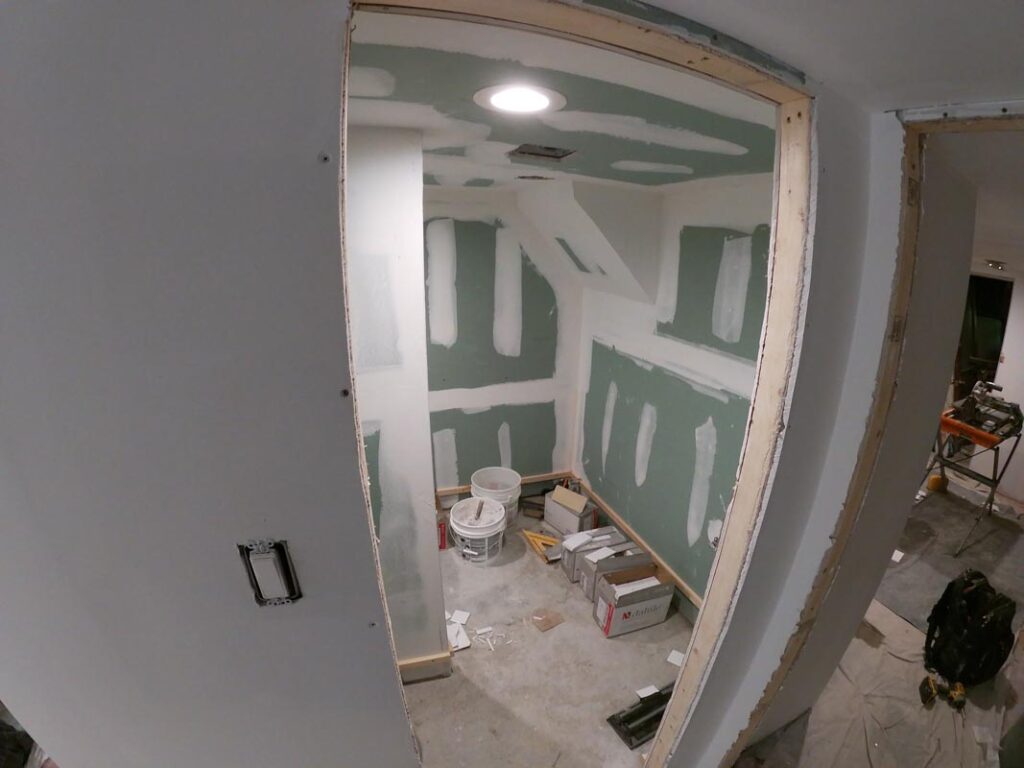Preventing Basement Water Damage in Long Island: Tips and Services
Preventing Basement Water Damage in Long Island: Tips and Services
Blog Article
Basement water injury is really a rising matter for several homeowners, specially in areas vulnerable to large rainfall and flooding like Long Island. A damp, flooded, or ruined basement not only affects the structural reliability of your property but can also result in severe health threats because of mold development and poor indoor air quality. Working swiftly and using targeted steps to handle water damage is critical. Here is a step-by-step break down of how to handle Flooding repair long island both effortlessly and efficiently.
Understanding the Scope of the Damage
Extended Area usually experiences major rainfall, with specific parts saving over 40 inches annually. These moist conditions end in increased cellar flooding incidents, particularly in homes with bad drainage techniques or ageing waterproofing. Pinpointing the origin of the water is key. Frequent culprits include defective sump pumps, breaks in cellar walls or foundations, or backed-up gutters and drainage systems.
Begin by assessing how intensive the water intrusion is. Can it be limited to a damp patch on the wall, or gets the water pooled across the floor? Recording the damage through pictures or films could be useful for insurance statements if necessary.

Remove Excess Water Quickly
Once you've assessed the situation, removing standing water should really be your immediate priority. The lengthier water sits in your cellar, the higher the danger of mold development and more architectural damage. If there is significant flooding, professional-grade pushes may remove the water more effectively. For smaller puddles, mops, towels, or store vacuums can benefit quick water removal.
According to recent reports, shape will start developing within 24-48 hours of water coverage in moist environments. This makes quick activity important to mitigate potential wellness hazards.
Drying and Dehumidifying the Basement
Following removing ranking water, the following critical stage is blow drying the cellar completely. Circulate airflow using supporters and ensure that windows are left open when possible to market ventilation. Putting a dehumidifier may speed up the drying method by detatching surplus humidity in the air.
Long Island's large moisture levels, specially all through summer time, may intensify moisture maintenance in basements. Ensuring the location is completely dry can help prevent long-lasting injury over time.
Repair the Damage and Address Future Risks
Check influenced areas for damage once the attic is dry. Walls, flooring, and efficiency may need changing, with regards to the seriousness of the water infiltration. Closing basis fractures and upgrading to water-resistant components might help protect against potential flooding.

Also, consider typical maintenance of your home's outside drainage system. Keeping gutters clear, reinforcing the slope of one's yard, and installing correct waterproofing procedures can considerably decrease the probability of future situations of basement water damage.
Taking Timely Action is Key
With its major rains and potential for flooding, Long Island homeowners should stay cautious as it pertains to basement water damage. Rapid activity to assess, eliminate, and repair damage can save yourself homeowners from costly fixes and health problems down the line. Remain practical, and guarantee schedule inspections and waterproofing methods to protect among your home's many useful spaces.
Report this page